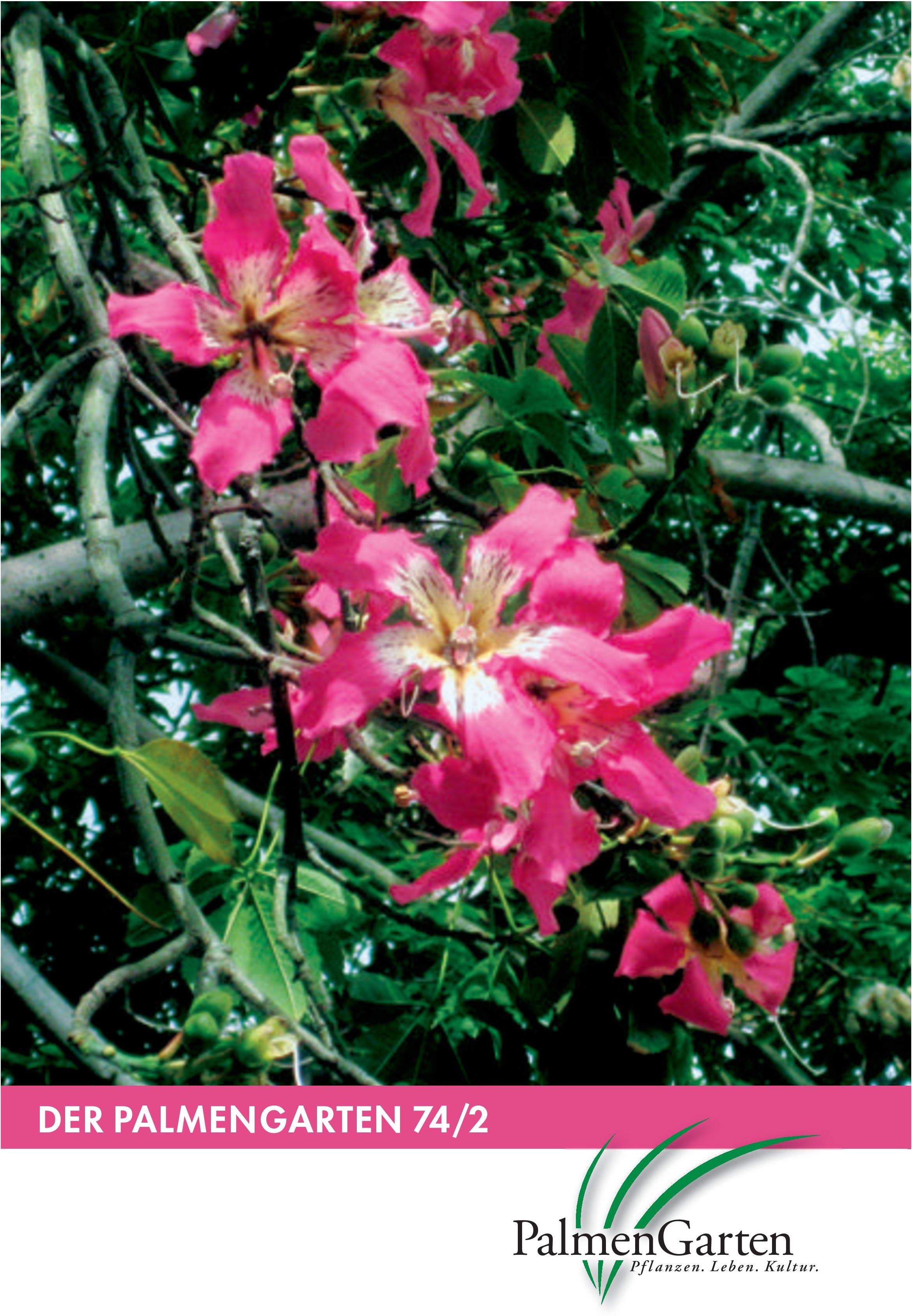Mammutbäume
DOI:
https://doi.org/10.21248/palmengarten.412Abstract
Zur Gruppe der Mammutbäume werden drei erdgeschichtlich sehr alte und heute monotypische Gattungen gestellt: Sequoia, Sequoiadendron und Metasequoia. Die Vorfahren der heutigen Arten waren auch im tertiären Mitteleuropa heimisch. Heutzutage kommen zwei Gattungen in kleinen nordamerikanischen Arealen und eine Gattung in einem ostasiatischen Reliktareal vor. Sequoiadendron und Sequoia gehören zu den größten und imposantesten Bäumen der Welt.
Literaturhinweise
BEAZLEY, M. 1976: The international book of wood. – London.
ECKENWALDER, J. E. 2009: Conifers of the world. – Portland.
GADEK, P. A., ALPERS, D., HESLEWOOD, M. M. & QUINN, C. J. 2000: Relationships within Cupressaceae sensu lato: A combined morphological and molecular approach. – Am. J. Bot. 87: 1044-1057. https://doi.org/10.2307/2657004
JAGELS, R. & EQUIZA, M. A. 2005: Competitive advantages of Metasequoia in warm latitudes. In: LEPAGE, B. A. Hrsg.): The geobiology and ecology of Metasequoia. – Heidelberg.
KUSUMI, J., TSUMARA, Y., YOSHIMARU, H. & TACHIDA, H. 2000: Phylogenetic relationships in Taxodiaceae and Cupressaceae sensu stricto based on matK gene, chlL gene, trnL-trnF IGS Region and trnL intron sequences. – Am. J. Bot. 87: 1480-1488. https://doi.org/10.2307/2656874
LEPAGE, B. A., YANG, H. & MATSUMOTO, M. 2005: The evolution and biogeographic history of Metasequoia. – In: LEPAGE, B. A. (Hrsg.): The geobiology and ecology of Metasequoia. – Heidelberg.
MEYER, H. W. 2005: Metasequoia in the oligocene bridge creek flora of western north Amerika: ecological implications and the history of research. In: LEPAGE, B. A. (Hrsg.): The geobiology and ecology of Metasequoia. – Heidelberg.
MOMOHARA, A. 2005: Palaeoecology and history of Metasequoia in Japan, with reference to its extinction and survival in east Japan. – In: LEPAGE, B. A. (Hrsg.): The geobiology and ecology of Metasequoia. – Heidelberg.
PARAKASH, N. & KUMAR, M. 2004: Occurrence of Ginkgo LINN. in early cretaceous deposits of south Rewa basin, Madhya Pradesh. – Curr. Sci. 87: 1512-1515.
RICHTER, S. L. & LEPAGE, B. 2005: A high-resolution palynological analysis, Axel Heidberg island, Canadian high arctic. – In: LEPAGE, B. A. (Hrsg.): The geobiology and Ecology of Metasequoia. – Heidelberg.
ROYER, D. L., HICKEY, L. J. & WING, S. L. 2003: Ecological conservatism in the “living fossil” Ginkgo. – Palaeobiology 29: 84-104. https://doi.org/10.1666/0094-8373(2003)029%3C0084:ecitlf%3E2.0.co;2




